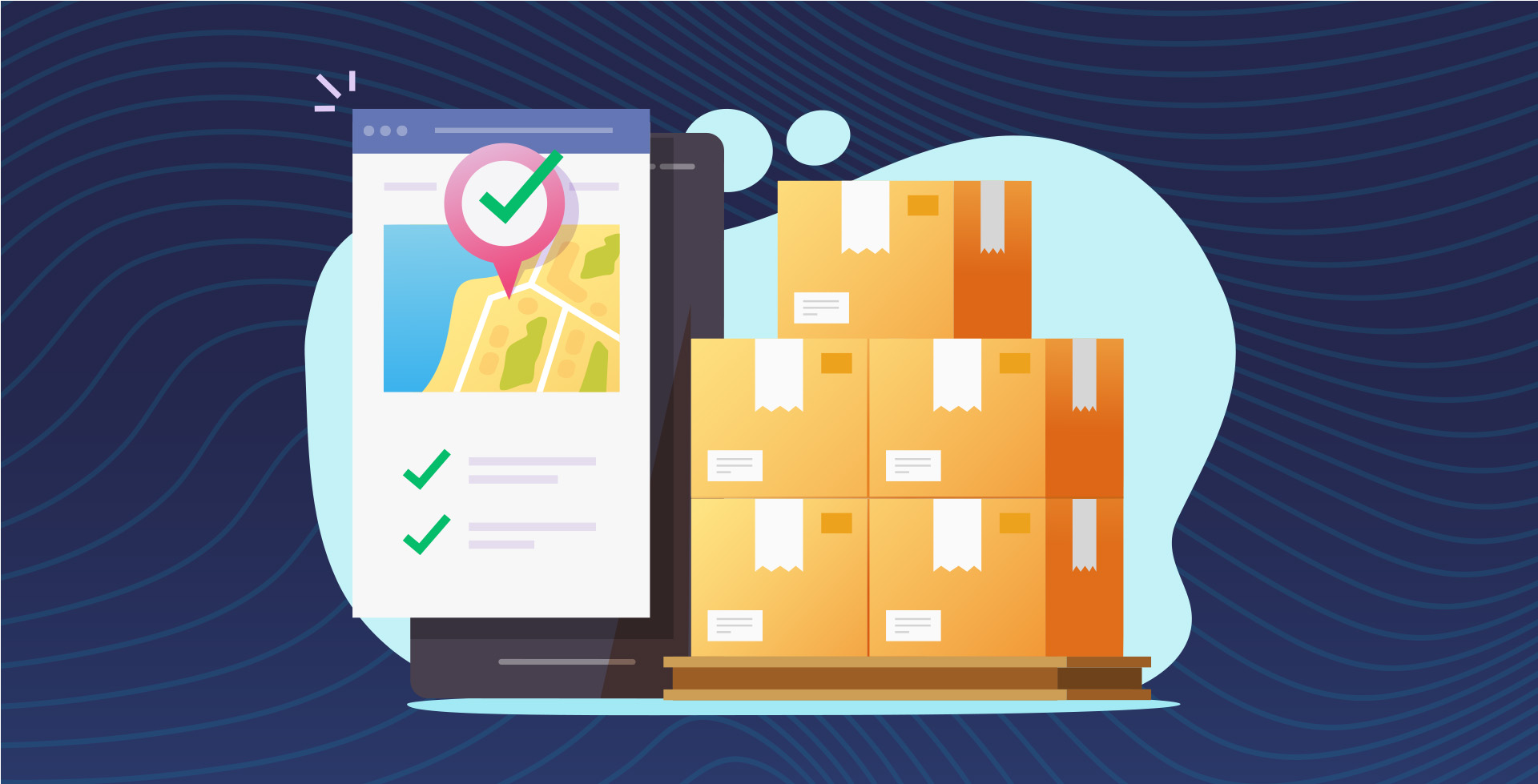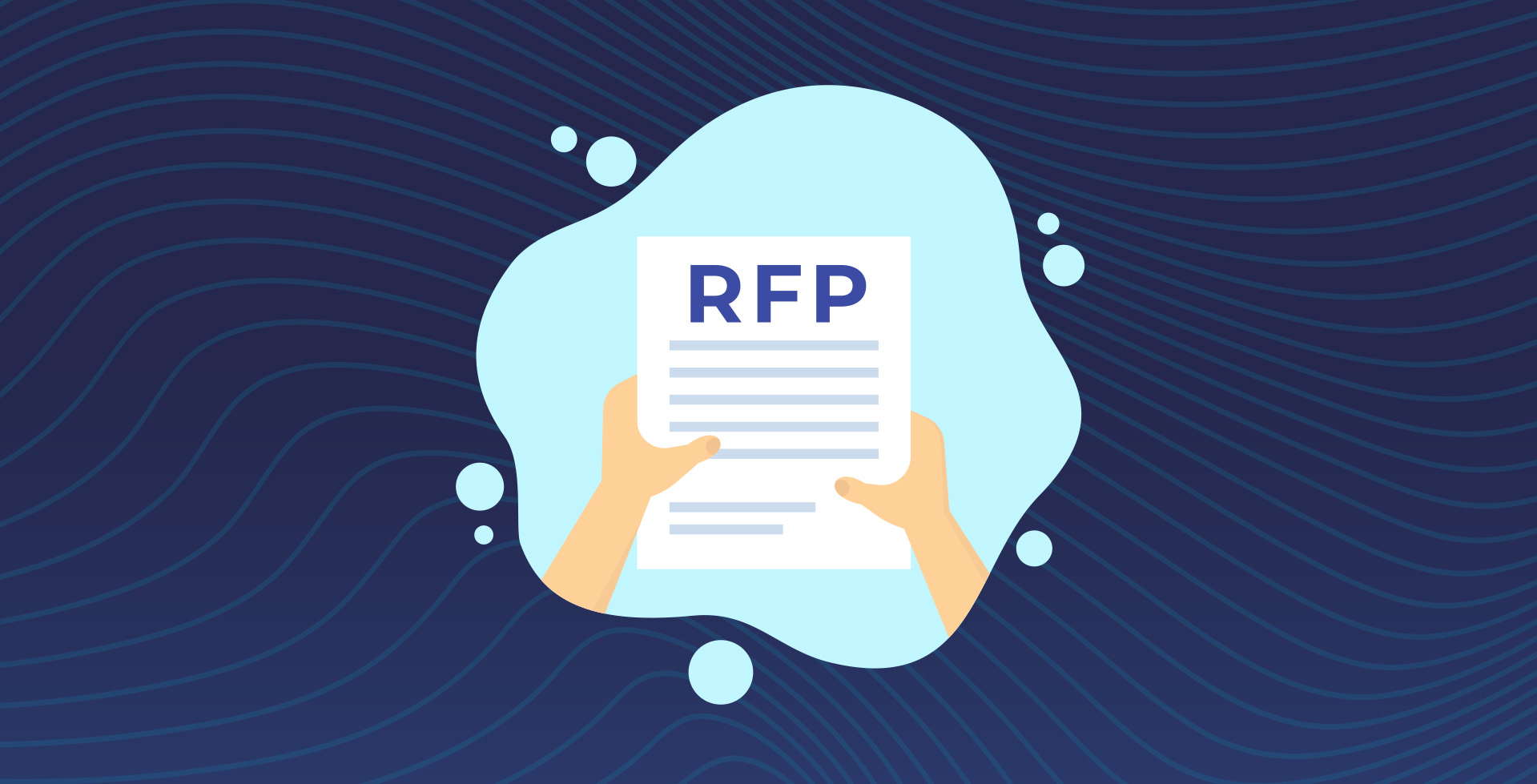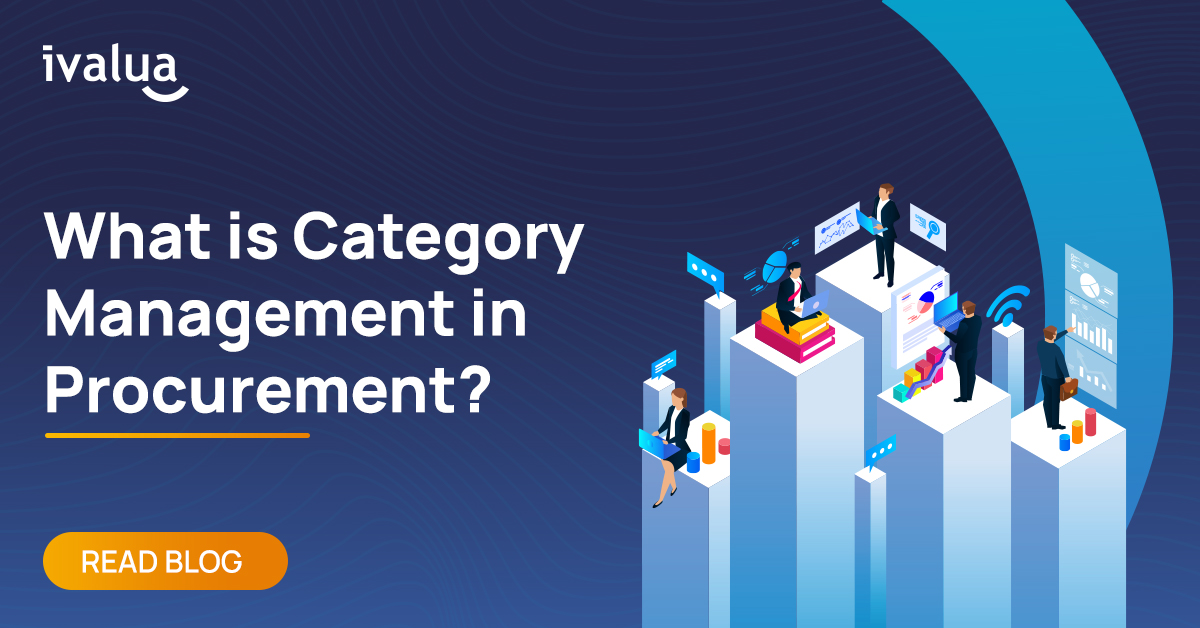Enterprises today must treat strategic sourcing as a driver of long-term value rather than simply a cost-cutting measure. With rising supplier risk, evolving ESG mandates, and increasing pressure to innovate, traditional sourcing approaches can no longer keep up.
Leading organizations are rethinking how supplier relationship management and how they manage spend categories, and they’re looking to collaborate more efficiently and effectively across functions. At Ivalua, we help global enterprises modernize their sourcing strategy through greater visibility, data-driven decision-making and agile, connected processes.
In this blog, we explore what effective strategic sourcing looks like today and how organizations can evolve their approach to build competitive advantage and lasting value.
Key Takeaways
- Effective sourcing strategies support resilience, sustainability, and long-term growth across the organization.
- Unifying data across systems allows procurement teams to assess risk, model scenarios, and make more informed, value-focused tradeoffs.
- Integrating sourcing with contract management, supplier performance, and ESG tracking creates a more agile and collaborative sourcing function.
Discover how Ivalua’s strategic sourcing software can help you drive long-term value and make smarter sourcing decisions.
Understanding Strategic Sourcing
Strategic sourcing represents a fundamental evolution from traditional procurement practices.
Unlike transactional buying, which can be reactive, price-driven, and disconnected from broader business strategy, strategic sourcing brings a value-focused mindset to supplier selection and management. It shifts the focus from simply acquiring goods and services to driving innovation and competitive advantage.
Strategic sourcing is aimed at aligning procurement decisions with organizational priorities. That means choosing suppliers not just based on price, but on their ability to deliver quality, reliability, and strategic value over time.
This approach enables businesses to reduce total cost of ownership (TOC), build stronger supplier partnerships, and manage risk. It supports innovation by engaging suppliers in product development and sustainability efforts, as well.
The key objectives of strategic sourcing typically include:
- Cost reduction strategies
- Performance improvement across the supply base
- Risk mitigation
- A culture of continuous improvement
When executed well, strategic sourcing delivers measurable benefits such as enhanced supplier collaboration, tighter alignment with corporate goals, and improved agility in responding to market pressures.
Strategic Sourcing for Enterprises vs. Transactional Procurement
For large enterprises, sourcing is a mission-critical function with broad implications across compliance management and operational resilience.
Unlike transactional procurement, which tends to be reactive and cost-focused, enterprise strategic sourcing requires coordination across finance, operations, ESG, risk management, and legal teams. These organizations must manage hundreds or even thousands of suppliers, multiple business units, and diverse regulatory environments – usually across global markets.
Legacy sourcing systems and fragmented tools can significantly hinder progress. In fact, many enterprises lose millions annually to inefficiencies stemming from disconnected sourcing, contract, and supplier management tools.
Without integration, procurement teams often struggle to enforce policies or track supplier performance, and it’s difficult to respond quickly to disruption. As a result, margins can decline and innovation suffers.
To circumvent such losses in productivity and rising costs, leading enterprises are investing in strategic sourcing solution that centralize supplier data and enable collaboration across functions with automated workflows.
Let’s examine the key business objects that a strategic approach to sourcing supports.
5 Business objectives that depend on strategic sourcing
Below are five key outcomes that depend on a mature, well-executed sourcing strategy.
1) Supplier-Driven Innovation
Strategic sourcing allows organizations to partner with suppliers not just for goods and services, but also for innovation. By fostering long-term, collaborative relationships, procurement can tap into supplier R&D, drive co-development initiatives, and bring new ideas to market faster.
2) ESG and Regulatory Compliance
With growing pressure from investors, customers, and regulators, meeting ESG and compliance standards is non-negotiable. Strategic sourcing ensures suppliers are vetted and monitored for sustainability, ethics, and legal adherence—helping organizations avoid reputational damage and regulatory penalties.
3) Business Continuity and Risk Mitigation
Supplier disruptions can halt production, delay projects, and impact revenue. Strategic sourcing reduces this risk by diversifying supply bases, implementing contingency plans, and continuously evaluating supplier risk across financial health, geopolitical exposure, and performance.
4) Margin Protection and Cost Control
By analyzing total cost of ownership (TCO) rather than just unit price, strategic sourcing helps protect margins. Sourcing teams can identify cost-saving opportunities in contracts, logistics, and supplier consolidation, especially in volatile markets.
5) Speed and Responsiveness
In fast-moving environments, procurement must act quickly without sacrificing due diligence. Strategic sourcing streamlines decision-making with centralized data, pre-approved supplier lists, and automated requisition processes, enabling faster response to business needs and market shifts.
Together, these outcomes demonstrate why strategic sourcing isn’t just a procurement function but a competitive advantage.
Key Differences Between Transactional and Strategic Sourcing
Here’s a quick comparison to highlight how transactional sourcing differs from strategic sourcing. These differences are especially apparent in the enterprise, where long-term value, risk management, and cross-functional alignment are essential.
| Criteria | Transactional Sourcing | Strategic Sourcing |
| Decision Driver | Price per unit, immediate need | Total value, including cost, risk, ESG, continuity, and innovation |
| Stakeholders | Procurement only | Cross-functional: procurement, finance, legal, ESG, supply chain, IT |
| Time Horizon | Short-term (e.g., next order, campaign, or quarter) | Long-term, with an emphasis on continuous improvement and supplier collaboration |
| Tech Requirements | Spreadsheets or basic P2P tools | Integrated strategic sourcing software platforms supporting sourcing, contracts, and supplier data |
| Metrics | Unit cost, cycle time | Total cost of ownership, supplier risk scores, ESG compliance, continuity, margin |
Understanding these differences makes it clear why enterprises must move beyond reactive purchasing. To drive meaningful impact, strategic sourcing must prioritize the initiatives and outcomes that shape long-term business performance.
What Effective Enterprise-level Strategic Sourcing Prioritizes
To keep pace with evolving regulations and expectations, an integrated, intelligence-led strategic sourcing process that supports resilience, performance, and long-term business value is essential. Here we take a look at the core components of such a process.
Category Strategy Based on Business Priorities
In strategic sourcing, supplier portfolios are aligned to support business goals such as supply chain optimization and resilience, sustainable procurement, and operational continuity. For example, organizations may diversify their supplier base to reduce geographic risk, or prioritize vendors with strong ESG track records in categories with reputational exposure.
In practice, cloud-based procurement platforms like Ivalua support this level of control with configurable category management workflows, centralized supplier intelligence, and full visibility into performance and risk across categories. That way, sourcing teams can act strategically, not reactively.
Data-driven Decisions and Scenario Modeling
Strategic sourcing is only as strong as the data behind it. That’s why top programs unify inputs from contract lifecycle management (CLM), supplier performance, spend analysis, and ESG tracking systems.
Centralizing data from these systems enables sourcing teams to assess supplier risk by geography, performance history, or tier, and evaluate alternatives before a disruption occurs.
Ivalua enables these insights through real-time scenario modeling, empowering teams to weigh cost vs. risk tradeoffs. For example, the platform can help teams weigh the impact of a low-cost global supplier versus a more resilient nearshore vendor before deciding which vendor to engage with.
Connected Systems and Shared Data Flows
Siloed systems lead to inconsistent policies and fragmented oversight. Strategic sourcing requires connected systems that enable sourcing, procurement, legal, finance, and supply chain teams to collaborate effectively, with shared access to contracts and supplier records, compliance data, and financial visibility.
Ivalua facilitates this collaboration with integrated CLM, linking sourcing events to contract enforcement and performance tracking. Its AI-powered tools automate clause extraction, contract analytics, and supplier performance assessments, as well, improving oversight while reducing manual effort.
Pro Tip
For a deeper look at how these capabilities come together across the sourcing lifecycle, download Ivalua’s Source-to-Contract datasheet.
5 Common Pitfalls to Avoid in Strategic Sourcing
Even well-intentioned strategic sourcing initiatives can fail to deliver value if foundational issues are not addressed. The following pitfalls are among the most common – and most costly – for enterprise teams.
- Data Silos: When sourcing, contracting, and vendor management systems data live in separate platforms (or worse, in disconnected spreadsheets and shared drives), teams lack a single source of truth. This fragmentation delays decision-making, increases compliance risk, and makes it difficult to manage supplier performance holistically.
- No Shared Sourcing Criteria Across Functions: If they lack alignment on their goals, various business units may evaluate suppliers using conflicting standards. This creates friction and slows down approvals.
- Over-reliance on Spreadsheets and Manual Inputs: Manual Source-to-Contract and Procure-to-Pay processes introduce errors and inefficiencies that compound over time. Critical sourcing decisions require real-time data and automated analysis, not static spreadsheets that go out of date the moment they’re saved.
- Inflexible Workflows: Rigid sourcing workflows often fail to account for real-world complexity, such as when sourcing events involve multiple stakeholders or last-minute changes. This lack of flexibility slows execution and discourages adoption across the enterprise.
- Lack of Visibility into Sub-tier Supplier Risk: Without insight into subcontractors or suppliers of suppliers, you may be blind to vulnerabilities in the extended supply chain – geographic risk, labor violations, financial instability or other potential risk factors.
Overcoming these challenges calls for a sourcing solution designed to handle complexity, scale, and strategic goals.
Next, we’ll examine what an effective strategic sourcing platform should offer.
What to Look for in a Complete Strategic Sourcing Solution
For enterprise-level sourcing, technology must be able to orchestrate complex decisions across sourcing, contracts, suppliers, and stakeholders. When evaluating solutions, be sure to prioritize the following core capabilities, which are all supported by source-to-contract solutions.
Sourcing Capabilities
Modern sourcing solutions guide buyers through processes across all categories of spend and provide tools to support a diverse array of sourcing strategies. Ivalua support both Direct and Indirect sourcing categories, for example, enabling everything from simple RFP’s to complex RFQ’s with cost breakdown analysis.
Spend Analysis Capabilities
Look for solutions that offer embedded spend analysis tools to identify consolidation opportunities, cost leakage, and sourcing gaps. For example, Ivalua enriches and categorizes spend data across sources automatically to support rapid decision-making.
Supplier Management Modules
Effective sourcing depends on proactive supplier insights. Supplier management software features should centralize profiles, performance data, certifications, and risk scores. Ivalua unifies supplier records, enabling better sourcing decisions and faster qualification to support extremely resilient supply networks.
Contract Lifecycle Management
Contracts shouldn’t sit in silos. A contract lifecycle management system links sourcing to supplier obligations, rebates, and renewals. For instance, Ivalua enables real-time clause tracking and automated compliance checks.
ERP Integration
Your solution should connect seamlessly with planning and finance systems. Ivalua supports multi-ERP integration, making it easy to align sourcing with budget tracking features, inventory management, demand forecasting, and operational workflows.
Configurable Workflows and Collaboration
Sourcing needs flexibility, especially in decentralized environments. Ivalua supports configurable intake management and approval workflow automation, so business users can request services, legal can review terms, and procurement can manage exceptions, all without slowing down.
Integrated Sourcing, Contracting, and Analytics
Disconnected tools delay cycle times and increase risk. Your platform should be able to connect sourcing events, contract negotiations, and supplier data – all in one place. Ivalua offers a complete source-to-contract solution, so you can manage the full lifecycle in a single workflow.
Multi-Stakeholder Access and Reporting
Modern sourcing is cross-functional, so your solution should be, as well. Ivalua enables multi-party supply chain collaboration across procurement, legal, ESG, and finance teams, with role-based access, shared dashboards, and audit-ready reporting.
These capabilities are foundational to a strategic e-sourcing strategy that delivers lasting value.
Explore how strategic sourcing software can help you reduce costs, manage risk, and align sourcing with business priorities.
Next, we’ll share how global technology group Körber is leveraging Ivalua to transform its sourcing processes.
Customer Story: How Körber Transformed Procurement through Strategic Sourcing
Facing a fragmented systems landscape with more than seven ERP platforms, Körber turned to Ivalua to unify sourcing, contracting, and procurement operations under a single, scalable layer. The result was a fully digitized, end-to-end procurement process that connects ERP systems, third-party data providers, supplier portals, and internal data warehouses.
Using Ivalua, the company has achieved greater visibility and standardization across the supply chain, while increasing operational efficiency.
Beyond process automation, Körber is also pioneering responsible innovation in strategic sourcing through AI. With Ivalua’s Intelligent Virtual Assistant (IVA), the company is piloting AI use cases focused on sourcing automation and real-time procurement analytics. These use cases are driven by business-user needs rather than top-down mandates.
“The Ivalua platform enables us to manage all major sourcing activities in one place, driving standardization and supplier data harmonization across our global businesses.” – Michael Stietz, SVP and Chief Procurement Officer, Körber
Read the full Körber case Study.
Drive Efficiency, Innovation, and Trust with Strategic Sourcing
Strategic sourcing has evolved from a tactical function to a value driver in the enterprise. But as supply chain disruptions, ESG expectations, and cost pressures converge, organizations need more than traditional e-procurement solutions.
To handle the many requirements and regulations they face, procurement teams need a unified, data-driven strategic sourcing platform that helps align strategy with business goals and is flexible to adapt in real-time.
Ivalua offers a flexible, fully integrated platform built for strategic sourcing at scale. By unifying sourcing, contracting, supplier performance evaluation, and ESG data, it enables procurement teams to make faster, smarter decisions while maintaining control and agility.
Explore How Ivalua Can Help You Transform Sourcing Into A Strategic Advantage
FAQs
Strategic sourcing is a long-term, data-driven approach to procurement that aligns supplier decisions with an organization’s broader business goals. It goes beyond cost savings to focus on value, risk management, and supplier performance.
The four key pillars are: category management, supplier relationship management, total cost of ownership (TCO), and continuous improvement. Together, these pillars create a structured framework for making informed sourcing decisions that deliver long-term value.
The 7-step process includes needs assessment, market analysis, sourcing strategy, supplier selection, negotiation, implementation, and performance management. Learn more in our strategic sourcing process blog.
An enterprise might strategically source key components from multiple geographically diverse suppliers to reduce risk and ensure continuity. This approach improves resilience and aligns with ESG and cost objectives.
Further Reading
Choosing the Right Source-to-Contract Solution: A Guide for CPOs
AI In Sourcing and Procurement
AI Agents in Procurement: The Ultimate Guide
Procurement Technology: Enterprise Solutions Driving Efficiency and ROI
Contract Lifecycle Management (CLM) Explained: Key Benefits & Use Cases















